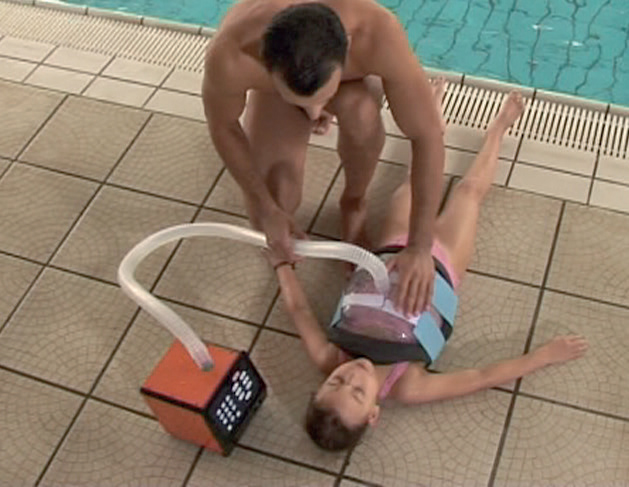Simple Application
Biphasic Cuirass Ventilation works using a clear plastic shell called a Cuirass. The Cuirass is lightweight and has a foam seal that maintains an airtight fit around the patient. It is very comfortable to wear. It is available in 12 different sizes, ranging from babies to adults. The Cuirass is placed on the patient, and connected to a United Hayek power unit, such as the Hayek RTX or Hayek HRTX.
Broad Applications
Biphasic Cuirass Ventilation can be used both in the hospital setting or at home. BCV is ideally suited for use in both acute and chronic, intubated or non-intubated patients.
Comfort Factor
Biphasic Cuirass Ventilation doesn't just ventilate well, it's really comfortable too. The seal is made of super soft foam, the Cuirass is very, very light and it's designed to fit like a glove. And, because United Hayek power units automagically compensate for leaks, the Cuirass doesn't need to be applied tightly.
Clean & Hygenic
Did we mention the seal is hypoallergenic, and it's disposable too? That means it's hygenic, which helps to avoid infection, and, of course, it's latex-free.
Superb Technology
United Hayek power units are really advanced. Devices like the Hayek RTX are crammed with the latest technology. It incorporates many modes of ventilation, as well as a dedicated physio mode, which not only helps loosen secretions, it helps eliminate them with its built-in cough mode. Any other ventilators you know of do that?!
















